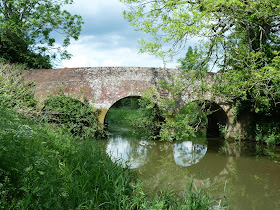Thrilled to be able at last to share some great news...a new two-book deal with HarperCollins in the USA and Orion in the UK. But there's a twist! I'm writing with my husband Rob, aka The Panto King for long-time readers of this blog.
It started just as a bit of fun, but working on it was so enjoyable that it soon took on a life of its own. Here's the premise:
"Introducing Penelope Kite, less femme fatale than a fatal combination of Agatha Raisin and Bridget Jones, as she investigates a ...mystery in the beautiful setting of A Year in Provence. The first in a series of cosy detective novels featuring Penelope and her circle of local friends and acquaintances, set in recognisable locations in the South of France."
So I hope that appeals. These books will be rather different from the previous ones: the lush locations will all be there, but alongside banter, good humour and comic moments to lighten the dark deeds that Penelope uncovers. Can't wait to share more when I'm able to!


































